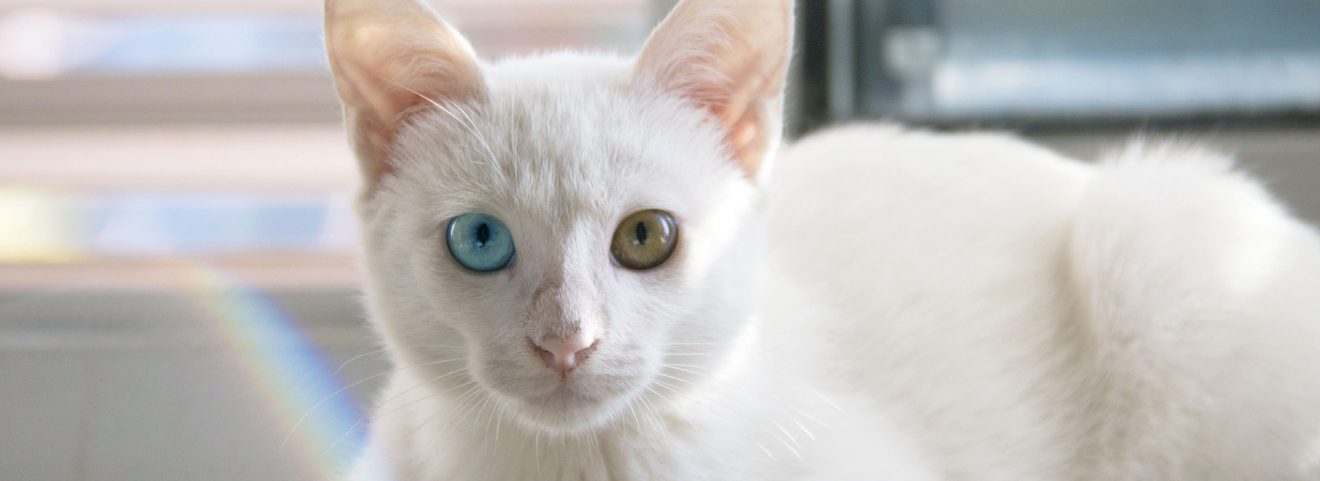If your knot concentrating, a common affect is that its to easy too right a sentence like this won.
Read that sentence out loud. It sounds perfectly fine. But on the page, it’s pretty messed up. (Did you catch all the errors? There are eight.) This is because it’s full of words that are homophones of the words that should really be in there.
Homophones, as you may know, are two words that share a pronunciation but have different spellings and meanings (like write and right). Writing the incorrect homophone can make your work look sloppy, and sometimes it can also yield an unintended meaning. It’s important not to mix them up.
Here are five pairs of common homophones and guidelines on how to tell them apart.
1. It’s/Its
It’s is a contraction for “it is.”
It’s a beautiful painting.
Its means “belonging to it.”
I like how the artwork looks even if I don’t understand its meaning.
2. Than/Then
Than is used for comparison.
I think roaches are cuter than pandas.
Then is used to show a logical result.
If you think roaches are cuter than pandas, then I don’t think you understand cuteness.
Then is also an adverb that describes when something happened next.
But a roach moves half of its legs and then moves the other half – it’s adorable!
3. There/Their/They’re
There can be an almost-meaningless word used to start a sentence.
There are sloths at the zoo.
Sloths are sleeping there in the trees.
There can also be an adverb describing a location.
Their means “belonging to them.”
Their faces are so sweet.
They’re is a contraction for “they are.”
Sloths are the funniest animal because they’re so slow.
4. To/Too/Two
To can be a preposition meaning “in the direction of.”
Let’s go to the moon.
To is also be used before a verb to create the infinitive.
The only problem is that we don’t know how to fly a rocket.
Too is an adverb that can mean “also.”
We’d need to get a rocket, too.
Too can also mean “excessively.”
There are too many things stopping us from going to the moon.
Two means “the number after one.”
Instead of going to the moon, we can just share these two pogo sticks.
5. You’re/Your
You’re is a contraction for “you are.”
You’re the best person in the world!
Your means “belonging to you.”
I agree with your assessment.
Head spinning over these homophone sets? Keep this list around as a reminder of which word to use when.
Think you’ve got all this down pat? Great! You may still want to keep the list around – anyone can make a mistake while tired or in a rush, and this may help you catch yourself.
Regardless, the next post in this series will share some homophone sets that are more challenging. They may come up in your writing, so let’s make sure you’re prepared!


